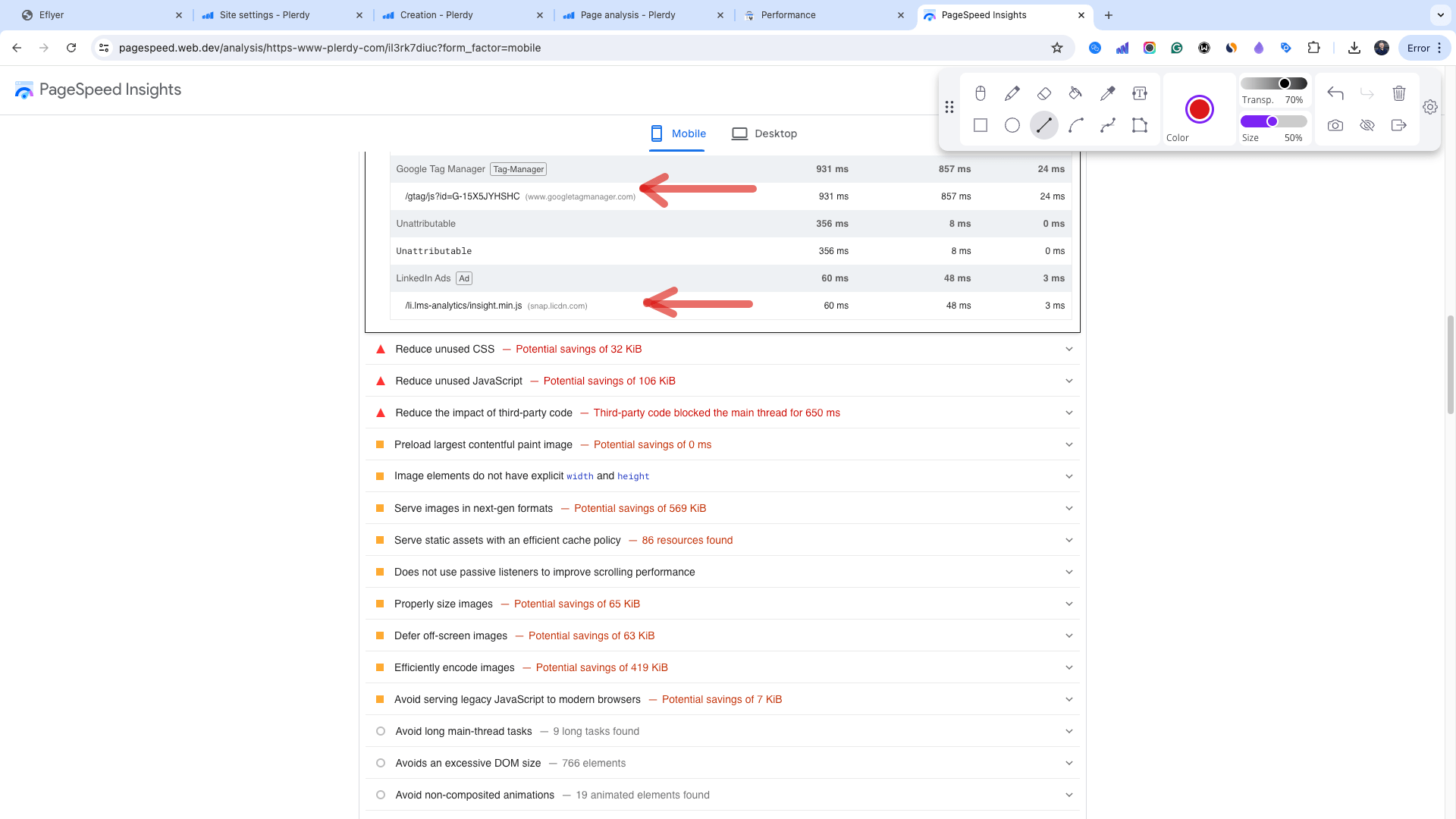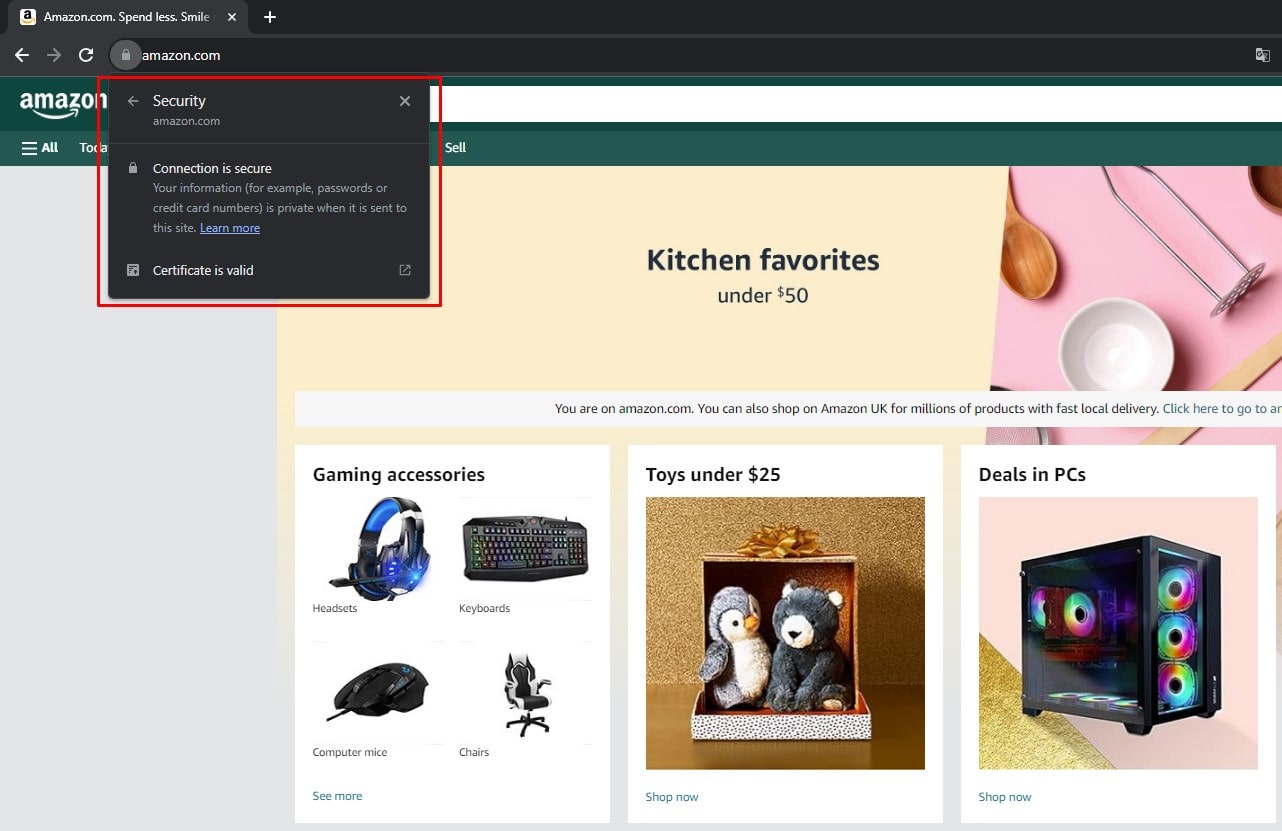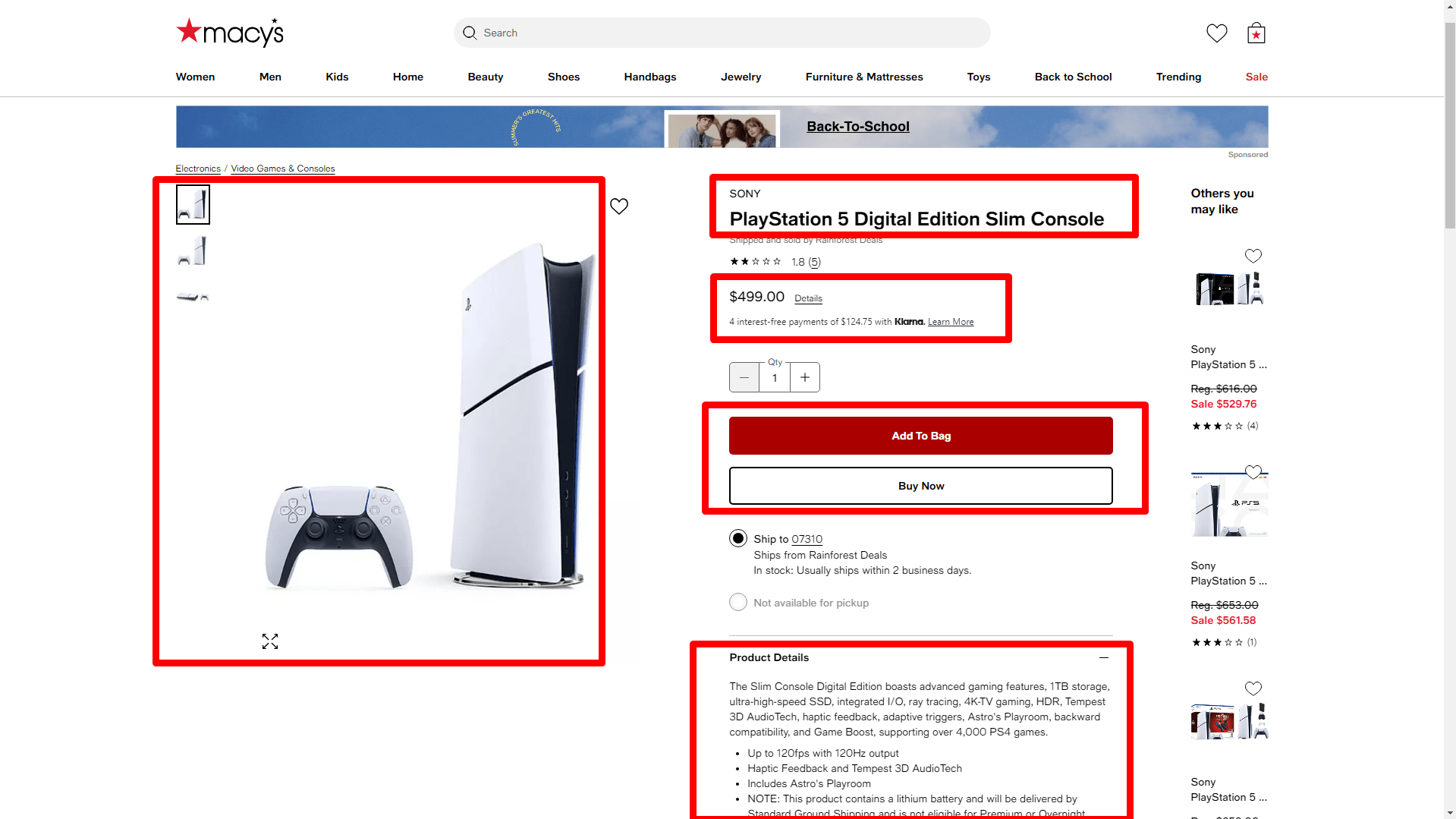Usually the initial point of contact between a company and its customers, websites thus become even more important for success since the user experience determines it. Before customers even come to know the brand, though, there are various website elements that might irritate them and turn them away. Among the main irritations that cause customers to leave websites are slow loading times, a convoluted checkout procedure, unwanted pop-up adverts, and absence of security elements. For many customers, negotiating a slow or poorly optimized website is sufficient to quit without making a purchase or even returning later.
Businesses in the very competitive digital environment of today have to concentrate on provide a flawless and pleasing client experience. Constant monitoring website performance, analyzing customer comments, and making required changes to guarantee seamless functionality will help to minimize customer annoyance. Businesses that neglect these irritations will find it difficult to keep customers and reach their goal conversion rates as customer expectations rise yearly. The most often occurring website problems that irritate users will be discussed in this article together with doable solutions to enhance the whole experience. Through the resolution of these issues, companies can improve the caliber of their offerings and increase the number of returning customers.
How Does Customer Experience Affect Conversion?
Conversion rates are highly influenced by customer experience since it directly affects the interaction of users with a website. A bad customer experience—defined by slow page loading, unclear navigation, or pointless pop-ups—can instantly push visitors away, hence increasing bounce rates and abandoned shopping carts. Users of a site are less likely to follow through with a transaction when they run into too many challenges, therefore affecting the bottom line of the company.
Enhancing the customer experience means maximizing every touchpoint on the website to produce a seamless and understandable path. Customer happiness can be greatly raised, for instance, by improving site speed, streamlining the checkout process, and providing a mobile-friendly interface. Furthermore, a customized customer service style greatly influences conversions. Websites that provide customized recommendations depending on customer preferences or behavior, for example, provide a more interesting and fun experience. Customers are more likely to finish a transaction when they believe their demands are given top priority.
Providing outstanding client experience is not only a bonus in the marketing field; it is also necessary for expansion. Businesses may increase conversions and create enduring customer connections by concentrating on streamlining user interactions and lowering of pain points. Improving conversion rates directly results from investing in exceptional customer service, so demonstrating that a wonderful experience equals increased revenue.
Common Website Issues That Annoy Customers
Every website seeks to give its users a flawless and fun experience, yet some problems could annoy them and cause them to leave. Businesses trying to raise customer satisfaction, better their service quality, and increase conversions must first understand these shared pain areas. The most often occurring website issues below compromise customer experience and have solutions available.
Slow Loading Times

One of the main irritations users of websites have are slow loading times. Customers rapidly lose patience when pages load too slowly, which increases bounce rates. In the fast-paced digital environment of today, when customers want instantaneous information access, speed is absolutely vital. Businesses have to maximize their websites to satisfy these standards by means of efficient techniques such image compression, minimum JavaScript usage, and cache tool application, so guaranteeing fast load times. Additionally contributing to poor performance are website themes, thus regular audits and upgrades are quite essential. Businesses that concentrate on speed optimization will enhance their whole marketing success as well as the client experience. A fast-loading website shows a dedication to high-quality service, therefore strengthening customer confidence and loyalty.
Complicated Online Shopping Process
Another problem influencing customer satisfaction greatly is a complex online buying process. Customers are more prone to abandon their baskets when they have to negotiate several steps and complete lengthy forms. Improving the user experience depends critically on streamlining the checkout process. Companies should concentrate on cutting needless fields, streamlining purchase completion processes, and guaranteeing user-friendliness of the process. Mobile optimization is also crucial since more customers purchase using cellphones. Customers are shown with a simplified, mobile-friendly buying experience that the company respects their time and convenience. Companies can increase conversion rates and strengthen their marketing campaigns by means of bettering this service.
Lack of SSL Certificates

Customers’ first priority while shopping online is security, hence missing SSL certificates can be quite discouraging. Customers can feel vulnerable without HTTPS and completely quit the website. An SSL certificate guarantees that private data—including credit card information—is protected and safe. Thanks to several firms simplifying the process, HTTPS is now simpler than it has ever been. Some websites still ignore this important function, though, which may cause a loss of confidence and income. Businesses reassure customers that their data is safe by giving security top priority and presenting SSL certificates, therefore increasing customer service and raising the marketing credibility. More often than not, secure websites turn visitors into devoted customers.
Intrusive Pop-Up Windows
When utilized properly, pop-up windows can be a great marketing tool; but, if used carelessly or inappropriate, they can irritate customers. Too often occurring pop-ups that block important content could provide a bad user experience. Companies should make sure that pop-ups only show up when they genuinely enhance the customer’s path of discovery. Offering a discount or advertising a relevant product could help, for instance; yet, irrelevant or poorly timed pop-ups are more likely to irritate visitors. Furthermore crucial is focusing on pop-ups depending on customer behavior. Businesses can increase client involvement without compromising service quality by customizing pop-ups and non-intrusive nature.
Insufficient Product Details

Lack of thorough product information could cause customers to be confused and hesitate. Customers might not feel secure in their buying choices if product descriptions are imprecise or if photographs are of low quality. Product pages should provide thorough information including exact descriptions of size, color, features, and shipping choices for businesses. Effective product showcasing depends also on high-quality photographs with suitable lighting and background. Providing accurate and comprehensive information can help companies enhance the client experience and lower the return risk. This raises brand confidence, so improving marketing efficiency in addition to client satisfaction. Driving conversions and creating long-term client loyalty depend mostly on complete product details.
Final Thought
In essence, any company trying to raise customer happiness and boost conversions must first solve the most often occurring problems frustrating customers on websites. Each of these elements—slow loading speeds, unclear navigation, or pointless pop-ups—may drive users off a website before completing their intended activity. Companies that give user experience first priority will not only have improved conversion rates but also build closer bonds with their customers.
Offering rapid website loads, safe browsing across SSL certificates, and a straightforward, simplified checkout process guarantees a flawless client experience Pop-ups should be utilized deliberately to guarantee they give the customer actual value without invading their space. Providing first-rate customer service is what distinguishes successful companies from the others in the digital era, when rivalry is intense.
Businesses can lower customer irritation and provide a more fun, effective user experience by always improving website performance, evaluating customer comments, and basing data-driven changes on results. Ultimately, the businesses that give their customer experience top priority will flourish and create not only strong sales but also a devoted clientele that keeps returning often.
